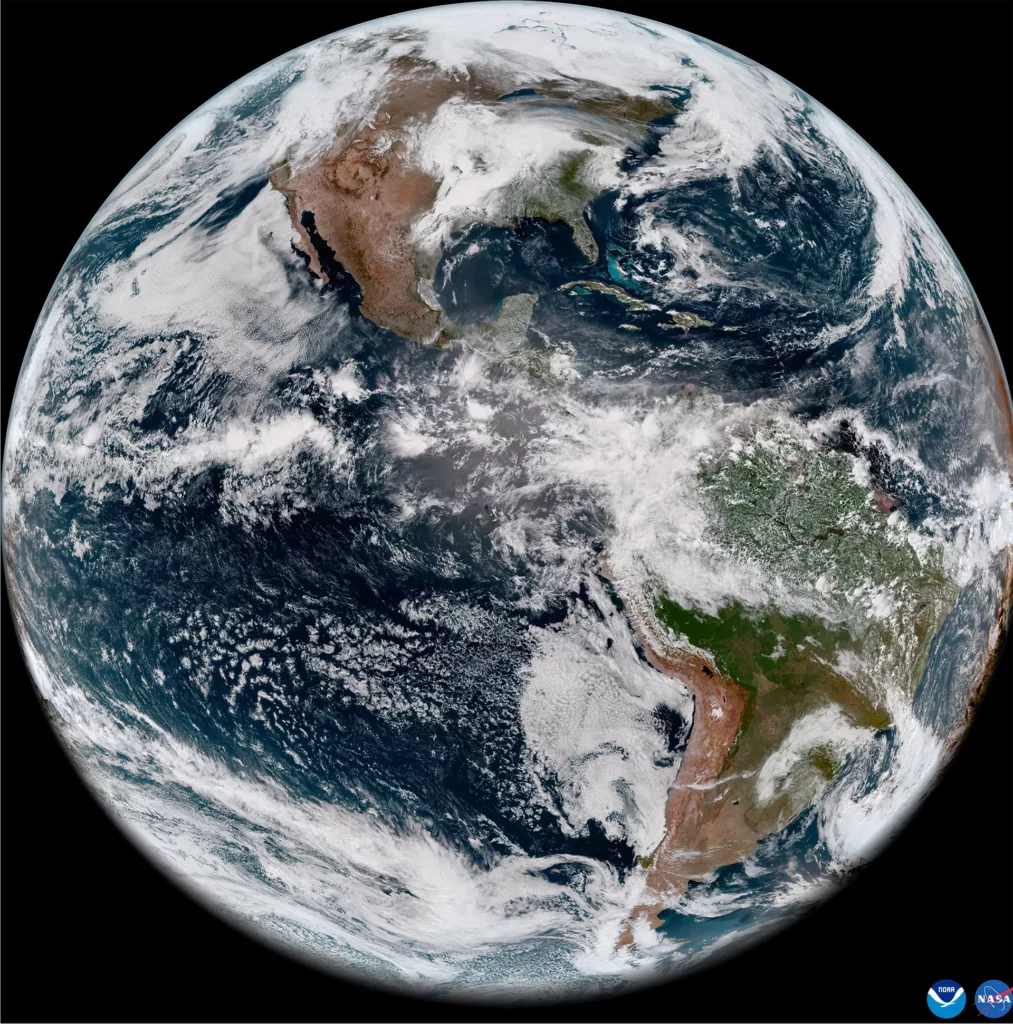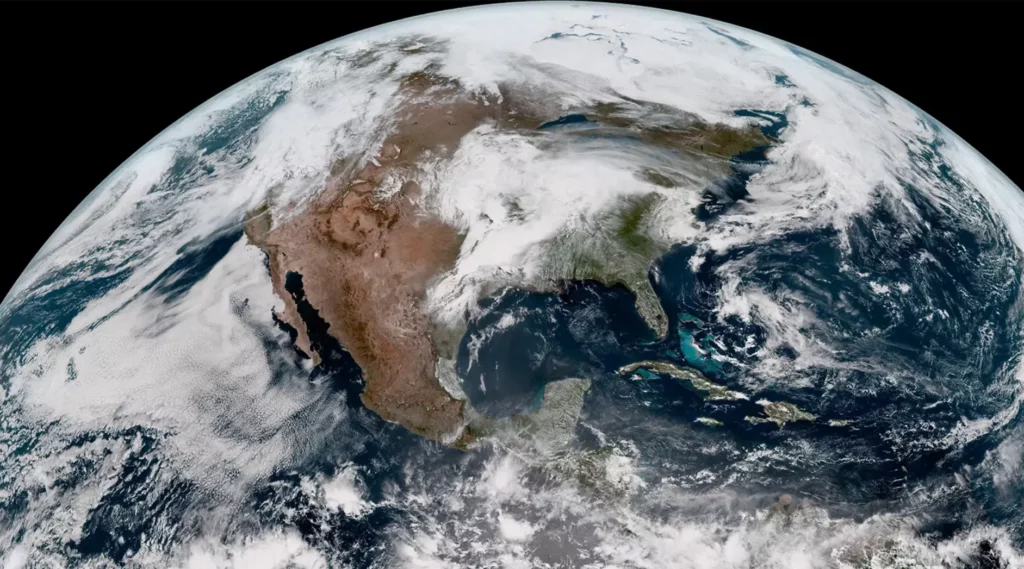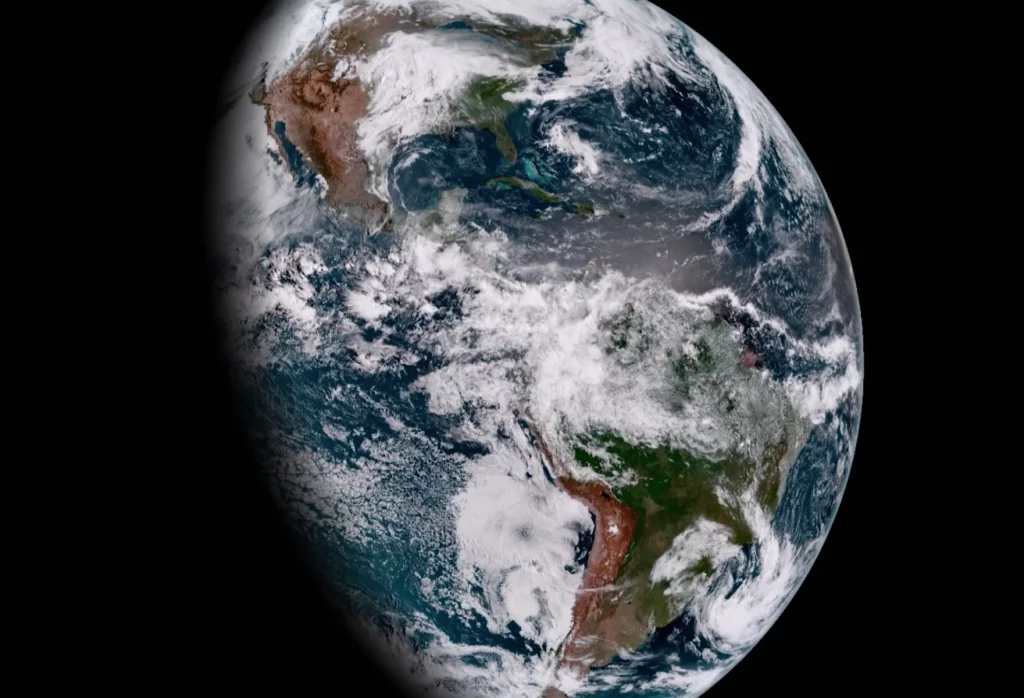The National Aeronautics and Space Administration (NASA) continues to amaze the world with its groundbreaking discoveries and breathtaking images.

Recently, NASA’s GOES-18 satellite captured what is being hailed as the most beautiful image of Earth ever taken. This article explores the details of this remarkable achievement, the technology behind it, and the significance of this stunning image.
GOES-18 Satellite: A Technological Marvel
The Geostationary Operational Environmental Satellite (GOES) series has been a cornerstone of Earth observation and meteorological research since its inception in 1975. GOES-18, the latest addition to the series, carries state-of-the-art instruments that make it possible to capture high-resolution images of Earth. These instruments include the Advanced Baseline Imager (ABI) and the Geostationary Lightning Mapper (GLM), which together provide unparalleled insights into Earth’s atmosphere, weather, and climate.
The Most Beautiful Image of Earth
The image captured by GOES-18 is nothing short of breathtaking. It features a stunning view of Earth, showcasing the vibrant blues of the oceans, the lush greens of the forests, and the vast expanses of deserts and ice caps. The image also reveals intricate details of Earth’s atmosphere, including swirling clouds and delicate patterns of weather systems.
This captivating image is not just aesthetically pleasing, but it also provides valuable information for scientists studying Earth’s climate and weather patterns. The high-resolution data obtained from GOES-18 enables researchers to better understand the complex interactions between Earth’s various systems and the impacts of natural and human-induced changes.

Significance of the Image
The unprecedented clarity and detail of the GOES-18 image has several implications. For one, it reinforces the importance of Earth observation satellites in monitoring our planet and its ever-changing environment. As climate change continues to be a pressing issue, satellites like GOES-18 play a crucial role in providing data needed for informed decision-making and effective mitigation strategies.
Furthermore, the image serves as a powerful reminder of the beauty and fragility of our planet. It underscores the need for responsible stewardship and sustainable practices to ensure Earth remains a thriving ecosystem for future generations.

The Future of Earth Observation
As technology continues to advance, it’s expected that satellites like GOES-18 will further revolutionize Earth observation. Plans for the next generation of GOES satellites are already underway, with even more advanced instruments and capabilities in the works. These advancements will not only lead to more stunning images of our planet but also contribute to a deeper understanding of Earth’s complex systems and the challenges posed by climate change.
NASA’s GOES-18 satellite has captured an image of Earth that is both beautiful and informative. The breathtaking view of our planet serves as a stark reminder of the need to protect and preserve our environment for future generations. As Earth observation technology continues to advance, we can look forward to even more awe-inspiring images and invaluable insights into our planet’s health and well-being.

